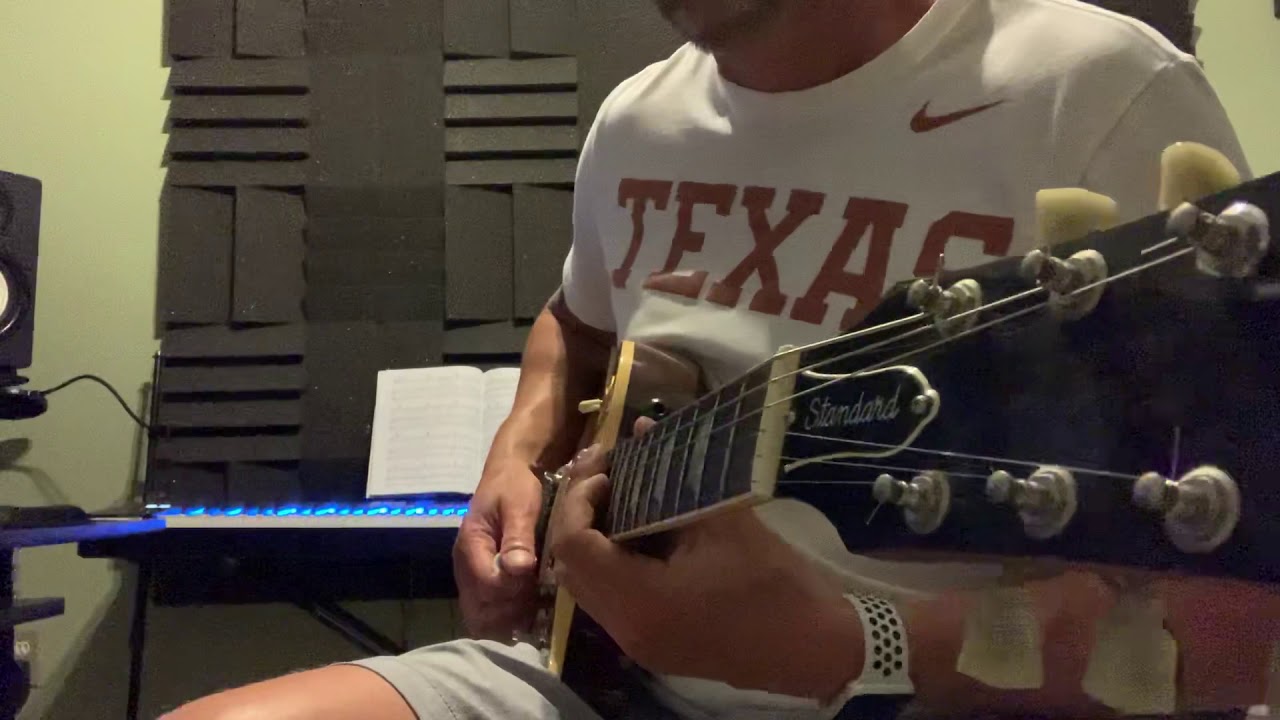For the economy picking lick: I meant whenever you play a downstroke, you can let the adjacent string stop your pick, i.e. you “rest” your pick on that string momentarily - that could apply to all downstrokes, including the sweep, i.e. not thinking of the sweep as one stroke but two could help with getting the timing more even. Just one thing to try, it works for some, it doesn’t for others. Also try accenting the upstrokes sometimes to break out of that TAtataTAtataTAtata feel and practice other mechanically similar lines like Eric Johnson’s descending pentatonic fives.
For the alt picking ascending: I would memorize how your working movement feels during the successful descending line and try the same motion at the same fast tempo in ascending or other licks. I don’t think finding what’s wrong with your slow motion and trying to fix that is the way. In the video when you started playing the descending line at a slow tempo at 0.29 you did something that looked similar to your “problematic” ascending one earlier, but when you did it fast you found the right motion again. So I’d do that in other licks, floor it. I agree with @Thegent that you’re very close, it might be a matter of overcoming the mental block of not wanting to play wrong notes.

 (Incidentally, I also find ascending a bit harder than descending, so I feel your pain!).
(Incidentally, I also find ascending a bit harder than descending, so I feel your pain!).

